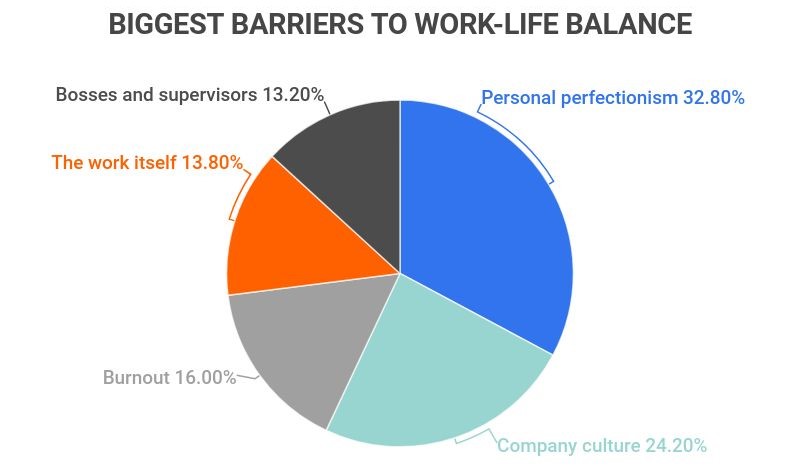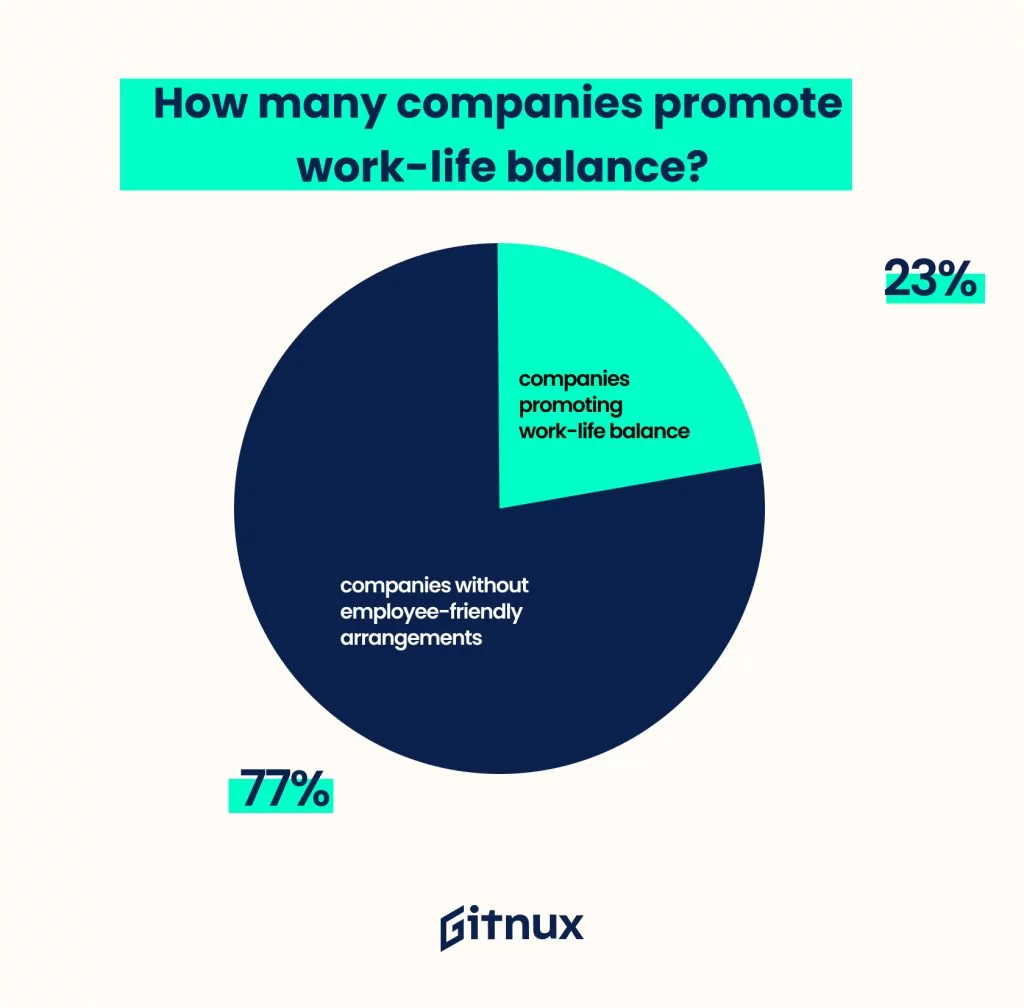Table of Contents
showSpending too much on recruitment, payroll or global HR?
We help you find the Best Providers at the lowest cost.
With remote work, we’ve got a chance to eliminate most of that for good & create a work-life balance that prioritizes living well. This is how to create an outstanding work-life balance in a remote company.

Alarm. Snooze. Alarm again. Coffee, then a 30-minute commute. Busy work. Meetings. Real work, for a little. Then another meeting. Is it 5 PM already? Now you’re heading home.
It’s been the reality of many people––even those working at trendy startups––for years now: The 8-hour workday, lots of meetings, and long commutes. And with remote work, we can eliminate most of that for good and create a work-life balance that prioritizes living well.

But shifting to remote work is hard: Almost half of remote workers say they have trouble disconnecting from work at home––making that shift from working to living. Remote work-life balances aren’t reaching their potential for two reasons:
- People aren’t entirely shifting their approach to work.
- Companies are treating remote work like a digital version of the office.
This is how to create an outstanding work-life balance in a remote company.
Our ideas about work need to be updated.
Most people are conditioned to traditional work, where people spend more than 60% of their time on busy work and meetings. And it goes viral, of course, when news comes out that people are working two full-time jobs remotely––and keeping it a secret from each employer.
It shouldn’t be a surprise: A well-run remote organization lets people cut out busy work, unnecessary meetings, and commute times. Those three factors combined account for over 70% of the day in a traditional workplace.
To have a well-run remote organization, we must reframe how we think about work. There are a few fundamental pillars that can inform the way you approach it:
- Work boils down to individual tasks––and accomplishing those tasks as well and efficiently as possible.
- Good employers let their employees do what they’re talented in: They minimize everything else.
- Successful companies constantly try to reduce things that waste time. That weekly all-hands meeting, for example, might not be the best use of everyone’s time. Or it might––it’s up to you. This is why asynchronous communication is essential.
Companies that run according to the three pillars above will have happier employees than those that don’t. Spoiler alert: If you’re in a company where writers and designers spend hours daily in Zoom calls, you’re probably not in the “happiest employees” camp.
How to create an outstanding work-life balance
If you have employees, this section will teach you how to create the right conditions to give your employees a happy balance between work and life. If you’re an employee, these are green flags to look for in remote employers.
1. Personally check in with your team––and do it frequently
Mentioning something in an all-hands meaning is nice but doesn’t imply urgency for individuals. Instead, message team members personally and ask them about:
- Vacation plans
- Work-life balance
- Stress levels
- What’s been bugging them
- What they like
A great time to do this is after a project’s been finished or before another one starts. This can be a task for the CEO with small teams; otherwise, HR and project managers are great.
2. Require employees to take time off (kind of)
Unlimited PTO sounds nice, but it’s rarely used as intended. To improve, recommend specific guidelines for employees and create a culture where it’s weird not to take vacations and breaks.
And, look: You can’t force Todd from engineering to take a vacation to Capri. But if you’re creating a culture of healthy vacations and senior people in the company model this behavior, there’s a better chance he’ll feel comfortable doing it.
3. It’s life-work balance, not the other way around
Could you make sure employees know that life comes before work? The world will keep spinning if they take off for a bit. This is more important than you think: More than half of employees in the United States feel uncomfortable with taking time off for mental health.
And because people feel uncomfortable about the topic of vacation and time off, it’s not easy to know when they need it. So, follow the two steps above to ensure your team feels comfortable and understands expectations.
4. Output > input
During the pandemic, companies began to install tracking software to monitor their employees’ every move throughout the day. This is a terrible idea: While the intentions are logical, helicopter parenting your remote employees only exacerbates the problems with remote work––it doesn’t solve them. It’s not productive for your employees, and it’s not practical for you.
The solution? Successful remote teams optimize for output over input.
- Instead of tracking specific hours and employee actions, an excellent remote strategy sets reasonable output expectations and measures productivity that way.
- This is important because of how goals work: Hours worked is meaningless––it’s a vanity metric. But output is the result. It’s what matters.
For a successful remote organization, it’s essential to forget vanity metrics.
5. Opt for fewer meetings than you’d think
We said it at the beginning of this article: Good remote teams do not function the same way in-office teams do. You’ve effectively got two options:
1. You can spend all day in meetings.
2. You can have systems that eliminate the need for many of them.
Remember, endless meetings are a symptom of inadequate systems for remote work, not a sign of productivity. The goal: Eliminate as many synchronous meetings as you can. If you’re finding this hard to do, there are problems elsewhere.



